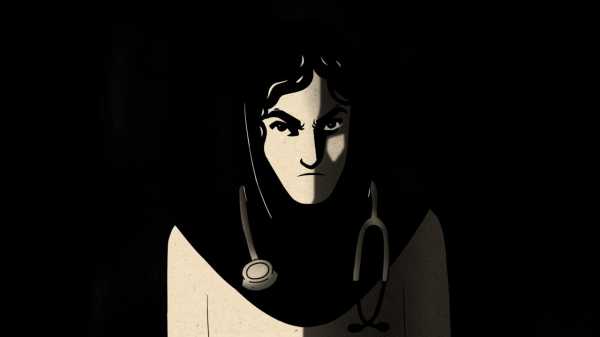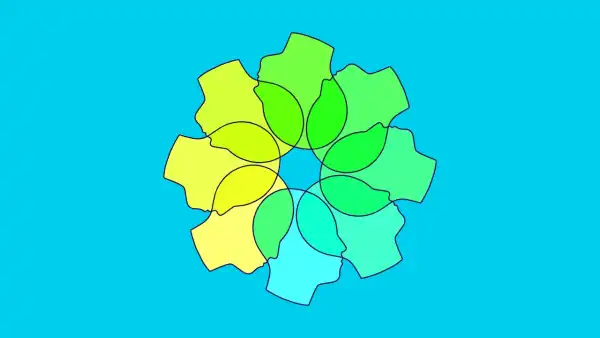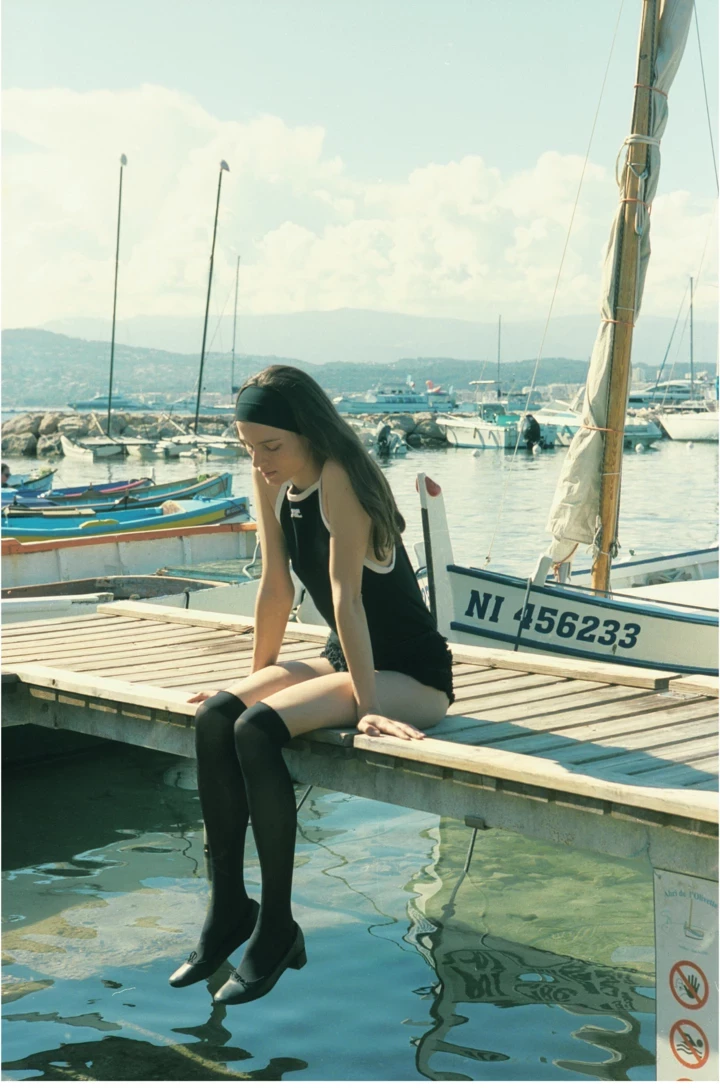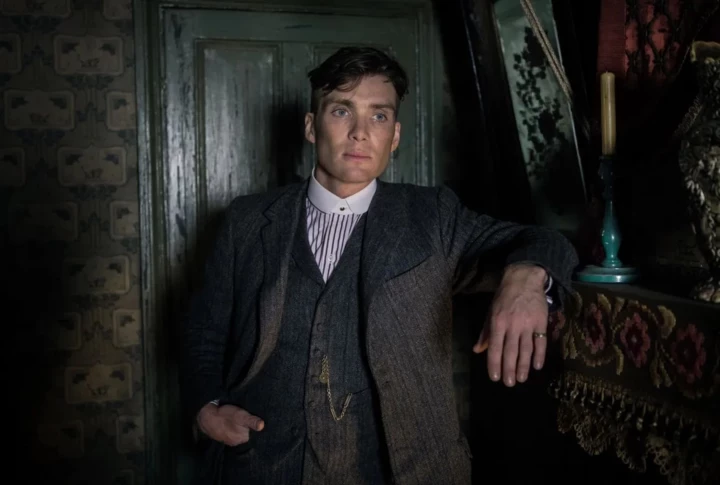
Save this storySave this storySave this storySave this story
Watch Andy Sarjahani’s film “The Smallest Power.”
In “The Smallest Power,” the filmmaker Andy Sarjahani captures the power of an individual act of resistance amid the chaos of nationwide disorder. The animated short is a product of his own circuitous journey to understand his dual identities. Sarjahani’s mother, Tammie, is a Baptist from the American South. His father, Ali, was born a Shiite Muslim from Iran. They met in the library at the University of Alabama in Huntsville, married in 1978, and eventually settled in Russellville, Arkansas. “I grew up in the Ozarks, so I didn’t have a deep connection to my Iranian heritage,” Sarjahani told me. His family had Christmas trees and celebrated Easter but also marked Nowruz, the Persian New Year.
An ordinary homelife was “complicated by geopolitics,” he reflected. Members of his mother’s church regularly visited to try to convert his father. As a kid, Sarjahani was embarrassed. “What’s wrong with my dad?” he wondered. He distanced himself from his heritage, playing high-school football and hunting deer to fit in. He had a shotgun and has appeared in his videos in overalls. “My features are Iranian,” he once wrote about himself. He has an elegant Persian nose and dark eyes. “But my twang is all Arkansas.”
Sarjahani began to experience an internal pivot after the 9/11 attacks, in 2001. “The way people felt about Iranians or Middle Easterners, just speaking very transparently in front of me, I was like, Wow, this is the community that I grew up with, and this is how people feel about the other half of me,” he said. His friends and even his extended family were cheering to bomb Iran.
The New Yorker Documentary
View the latest or submit your own film.

In 2016, Sarjahani made a pilgrimage to the land of his ancestors. “There was a deep hunger for me to just connect with my dad’s side of the family,” he explained. He travelled back and forth for two years. He worked on new films and developed a network of friends in Tehran. He went hunting for wild boars with cousin Ebrahim, just as he did with his childhood friend Bubba, in Arkansas. He found commonalities.
Sarjahani was in Iran during the protests against the theocratic regime in Tehran that spilled over from 2017 into 2018. After he left, he kept in touch with new family and friends. Many of them reached out to him when the nationwide Woman, Life, Freedom protests erupted, in 2022, over female dress restrictions and infringements on personal freedoms. For weeks, young Iranians led a rebellion after the death of Mahsa Amini, who had been arrested and reportedly beaten for revealing some of her hair, a violation of Iran’s mandatory-hijab law. Sarjahani was inundated with stories that his Iranian connections wanted him to amplify. “I was a lifeline,” he told me. He decided to take one of the dispatches and turn it into a film.
“The Smallest Power,” which premièred at Sundance in January, recounts the experience of a young woman who became fluent in English and earned a medical degree so that she could abandon Iran for a freer life in Australia. She said that, when the protests erupted, security forces harassed the chief medical resident at the hospital where she worked for wearing a black wristband in sympathy. He suffered a heart attack during the encounter. When plainclothes police tried to roll his bed from the intensive-care unit into an unmarked ambulance, the young woman described nurses and doctors sitting on the hospital floor and refusing to move. “We were committed not to letting those guards take him away because he was one of us,” she explains, in her own voice, in the film. Hundreds were dying during the protests and thousands were arrested. “I don’t have the power to do anything about a child being killed in another city,” she explained. “But I have yet the smallest power.”
Sarjahani was moved by the nonchalance of her courage. “She was, like, ‘Duh, this is what needs to be done,’ ” he recounted from one of their several conversations. He was struck even more when she changed her mind about leaving. “The first time she said that she saw Iran as her country, a country worth fighting for, it gave me chills,” he said. Sarjahani decided to use animation, which was directed by Naghmeh Farzaneh, to protect the woman’s identity in the film. Farzaneh was born and raised in Iran and moved to the U.S. when she was twenty-four. During the Green Movement of 2009, Farzaneh had a similar experience to the medical student, so listening to her story was both “nostalgic and triggering.” Farzaneh said, of the stark animation, “The black-and-white style with the red accents reflects the intensity of the story. Brightness competes with darkness. The darkness takes over at times, while reds reflect the terror that is wrapped around each moment.” The composer, Fared Shafinury, is also Iranian American.
Sarjahani has begun making his mark as a filmmaker. He was a cinematographer for “The Barber of Little Rock,” which was nominated for an Oscar this year. His films—including “Wild Hogs and Saffron” and the upcoming “Iranian Hillbilly”—straddle his identities. For Sarjahani, the latest film was his “own small power to be able to do something tangible” for an identity and country that he, too, now fully embraces.
Sourse: newyorker.com







